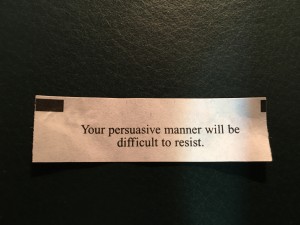To allow the Commissioner to gerrymander the 1575*1575 composition of the board to insure a preordained result directly conflicts with the concept “that in administrative proceedings of a quasi-judicial character the liberty and property of the citizen shall be protected by the rudimentary requirements of fair play.” [Morgan v. United States, 304 U.S. 1, 58 S.Ct. 773 (1938)] at 14-15, 58 S.Ct. at 775. See also Utica Packing Co. v. Block, 781 F.2d 71, 78 (6th Cir.1986) (decision of the Department of Agriculture reversed because the secretary’s removal of the adjudicating officer who rendered the original decision and assigning a new one to rule on a petition for reconsideration violated due process.) “There is no guarantee of fairness when the one who appoints a judge has the power to remove the judge before the end of proceedings for rendering a decision which displeases the appointer.” 781 F.2d at 78.
In re Alappat, 33 F.3d 1526 (Fed. Cir. 1994)(en banc)(Judge Mayer and Judge Michel’s dissenting opinion).
